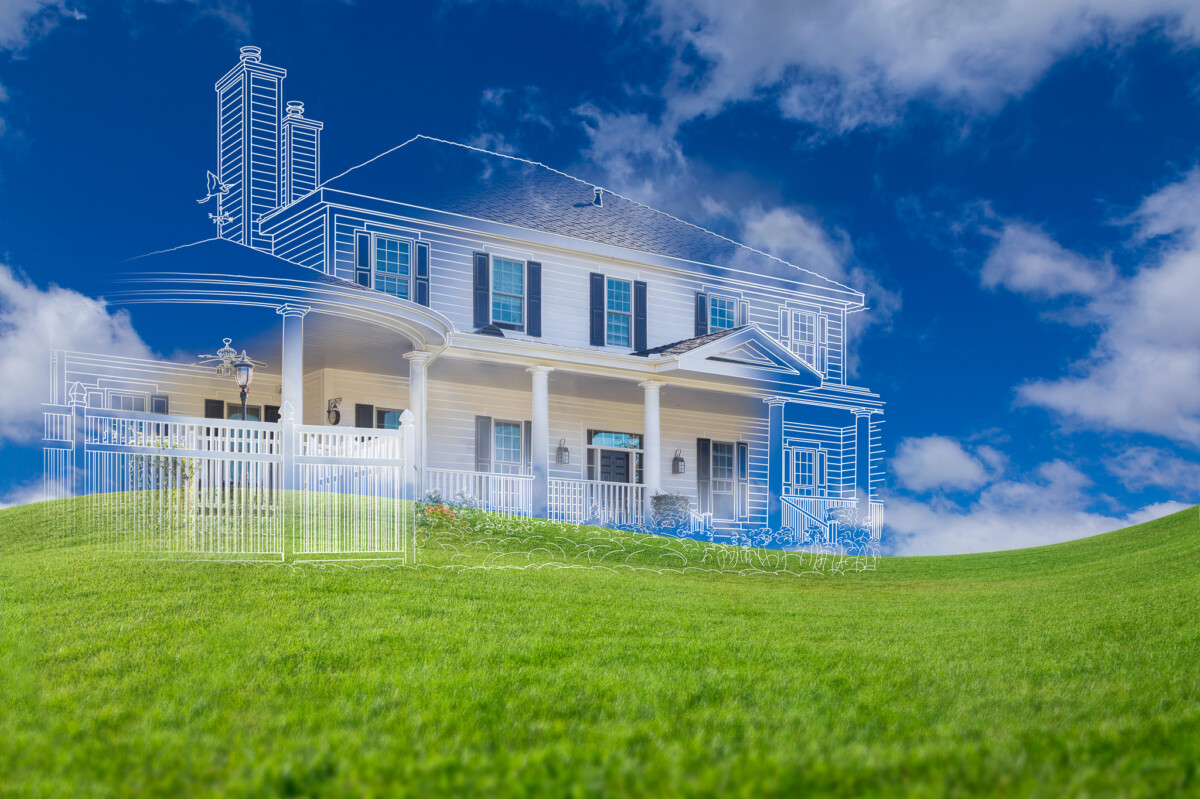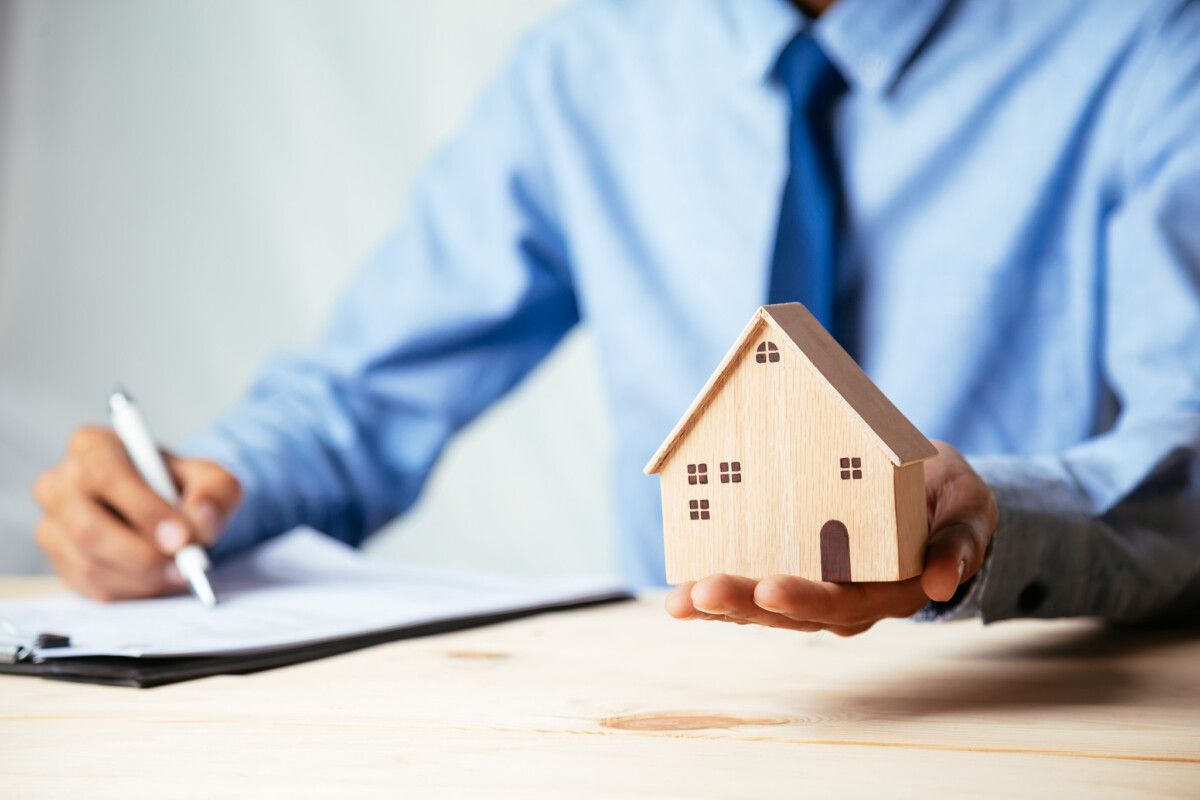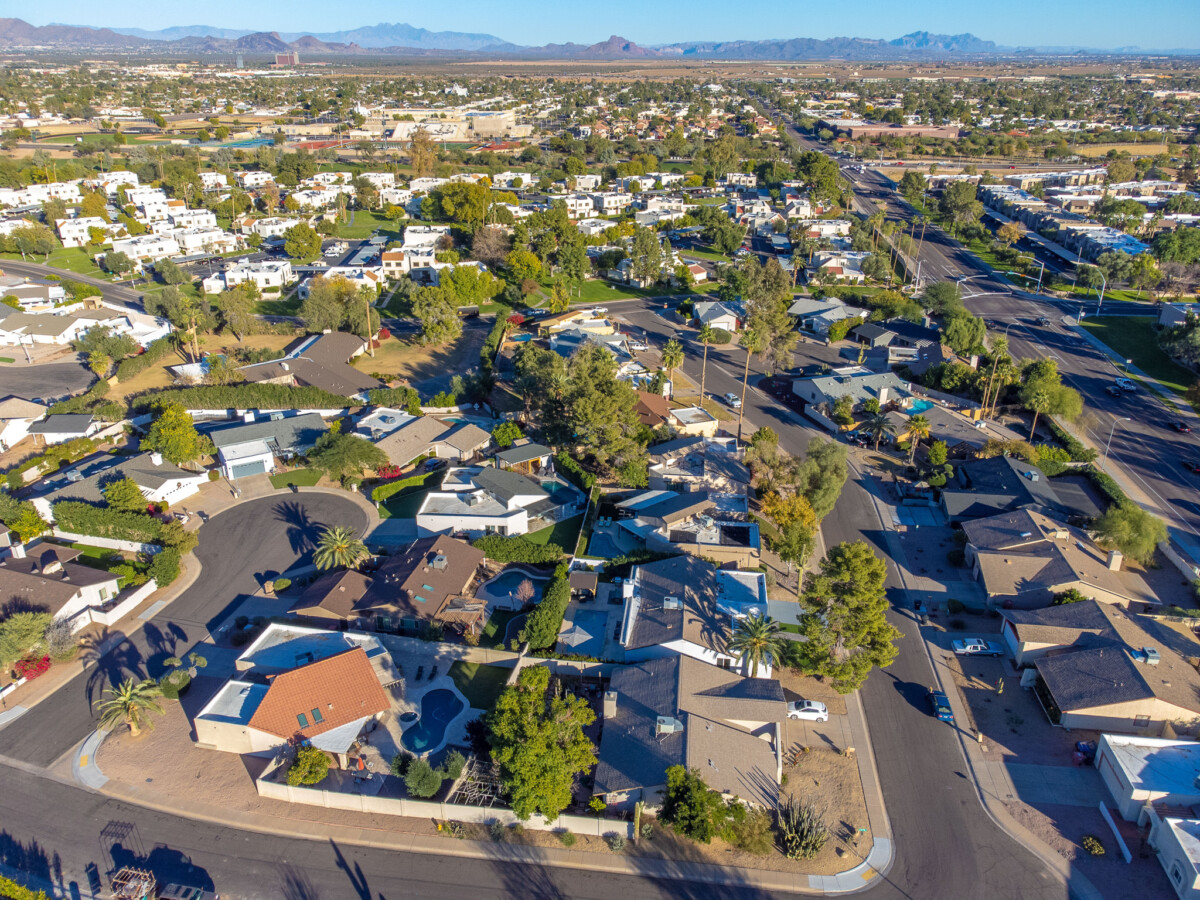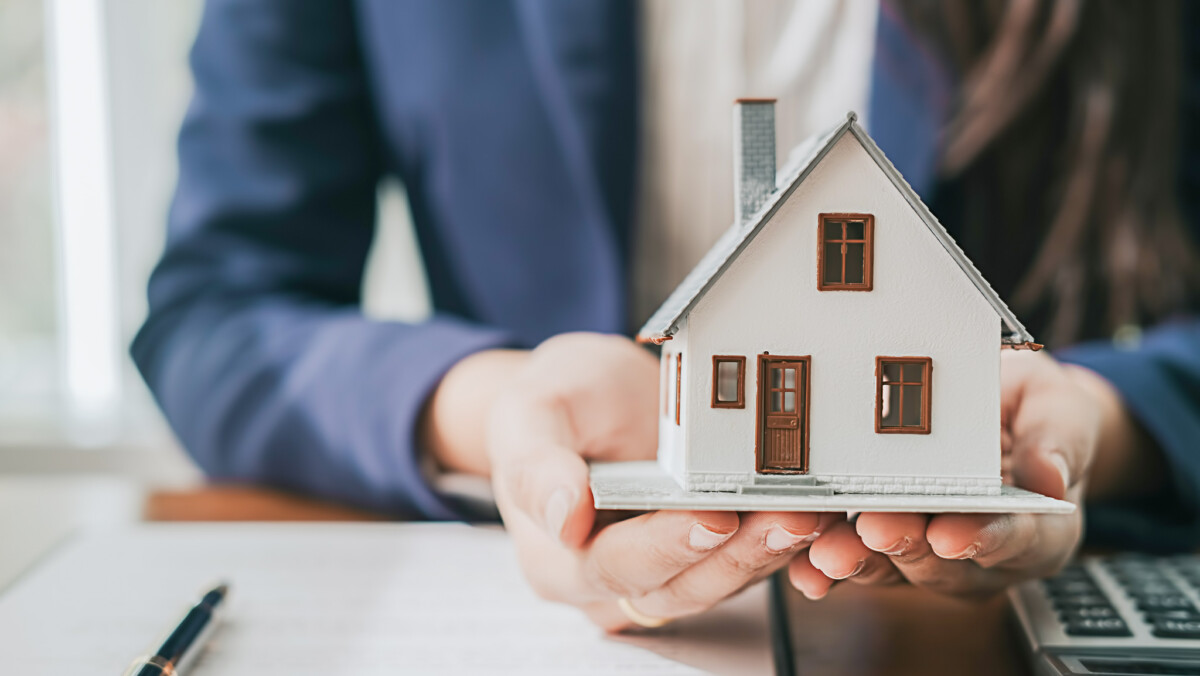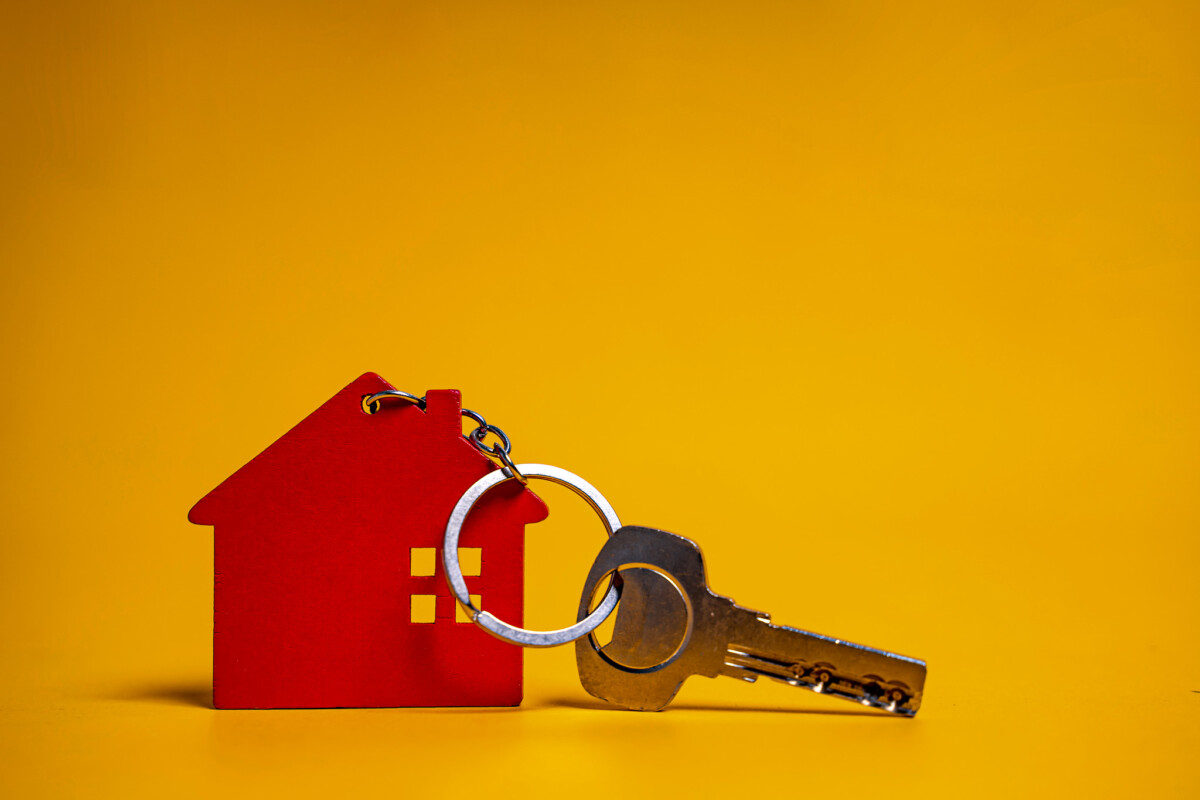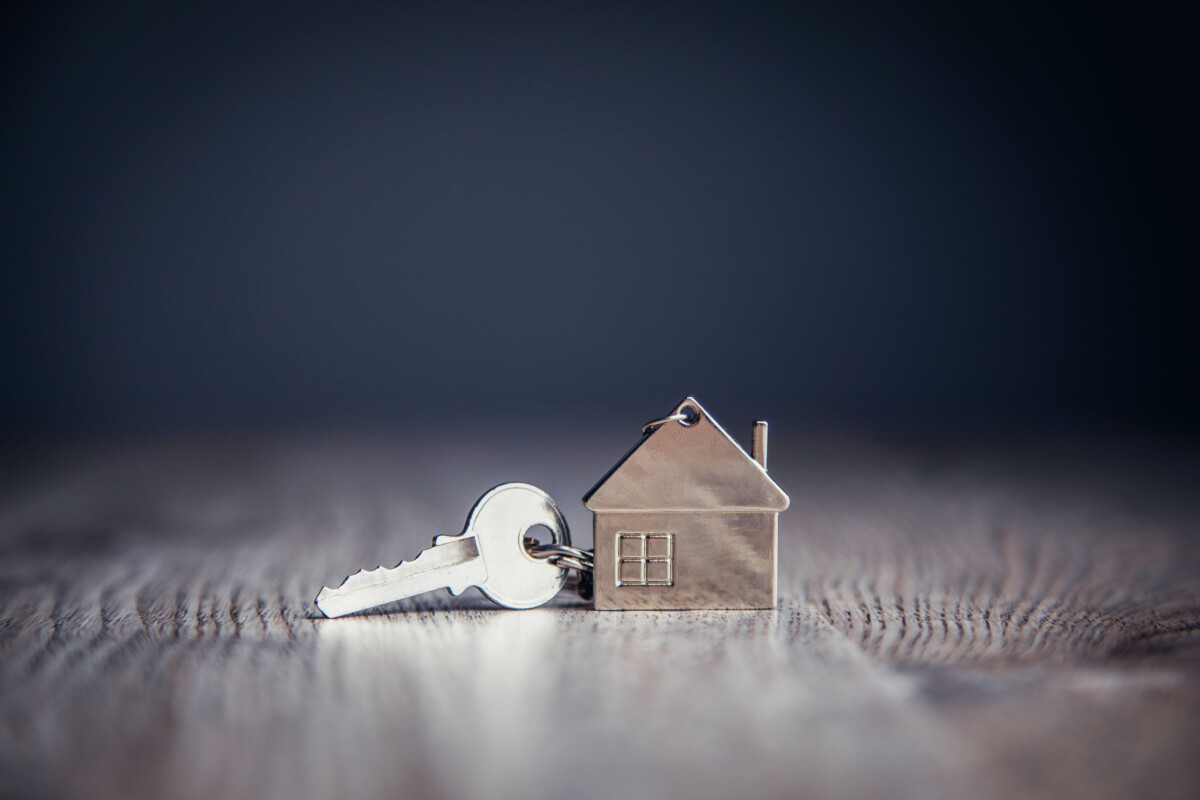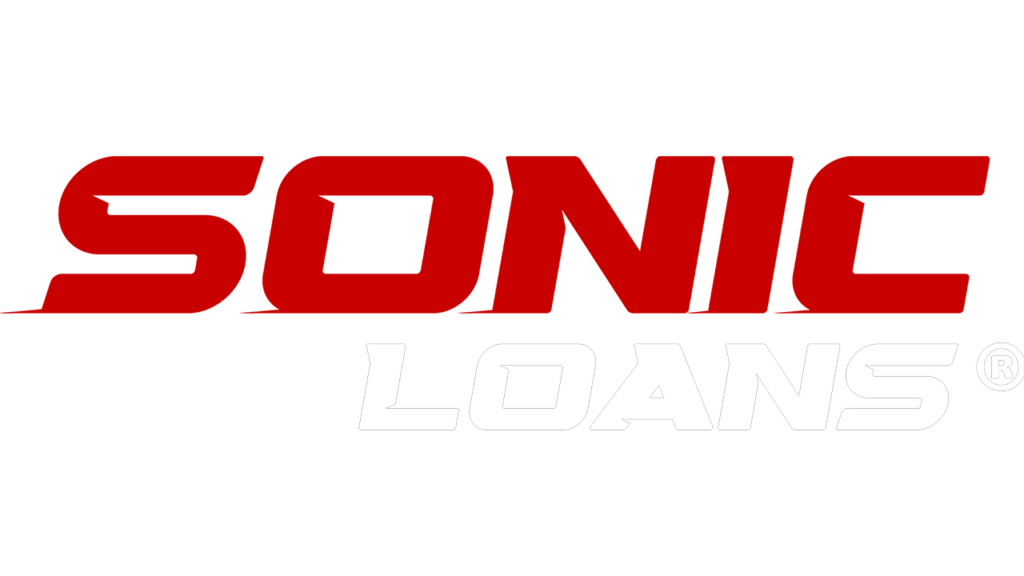Buying a home is one of the most significant investments most people will make in their lifetime. Given this importance, they ensure your potential new home is safe, structurally sound, and free of essential issues. This is where home inspections come into play. This article will explore home inspections, their purpose, the process involved, and why they are essential for buyers and sellers.
What is a Home Inspection?
A home inspection thoroughly examines a property’s condition. A certified home inspector typically conducts it. The inspector evaluates various aspects of the home, including its structure, systems, and components. This assessment is designed to identify any issues that may affect the home’s value, safety, or habitability.
Home inspections are most commonly performed before a real estate transaction, providing buyers with critical information about the property they wish to purchase. However, they can also benefit sellers looking to prepare their homes for sale.
Purpose of a Home Inspection
The primary purpose of a home inspection is to provide buyers with an in-depth understanding of a property’s condition. This information can help buyers make informed decisions about their purchase. Here are some key objectives of a home inspection:
- Identify Safety Hazards: Home inspectors assess the property for safety concerns, such as faulty wiring, mold, or structural issues that could pose risks to the occupants.
- Uncover Hidden Problems: Many issues in a home may not be immediately visible. A thorough inspection can reveal problems such as plumbing leaks, foundation cracks, or roof damage that could lead to costly repairs.
- Negotiate Repairs or Price: If significant issues are discovered during the inspection, buyers can negotiate with the seller for repairs or price adjustments. This can help protect buyers from financial burdens related to unexpected home repairs.
- Gain Peace of Mind: Knowing that a home has been thoroughly inspected gives buyers confidence. It can alleviate concerns about the home’s condition and allow buyers to focus on their new chapter in life.
- Inform Future Maintenance: Home inspections can offer valuable insights into a property’s maintenance needs. Inspectors often provide recommendations for upkeep, helping homeowners plan for the future.
The Home Inspection Process
Selecting a Home Inspector
Choosing the right home inspector is critical. Buyers should look for inspectors with certifications from reputable organizations, positive reviews, and experience in the local housing market. Ask for recommendations from real estate agents, friends, or family who have recently bought homes.
Scheduling the Inspection
Once an inspector is chosen, the buyer should schedule the inspection immediately after making an offer on a home. This timing allows for any issues to be addressed before closing the deal. Inspections typically take 2 to 4 hours, depending on the size and complexity of the home.
The Inspection Day
On the inspection day, the inspector will systematically evaluate the home. Key areas of focus include:
- Roof: Inspecting for missing shingles, leaks, or structural damage.
- Exterior: Assessing siding, windows, and doors for signs of wear or damage.
- Foundation: Checking for cracks, settling, or other structural issues.
- Plumbing: Evaluating the condition of pipes, fixtures, and drainage systems.
- Electrical Systems: Testing outlets, circuit breakers, and overall electrical safety.
- HVAC Systems: Inspecting heating, ventilation, and air conditioning systems for functionality and maintenance needs.
- Attic and Crawl Space: Assessing insulation, ventilation, and any signs of pests or moisture issues.
Reviewing the Inspection Report
After the inspection, the inspector will provide a detailed report outlining their findings. This report typically includes:
- A summary of the home’s condition
- Identified issues, including photos and descriptions
- Recommendations for repairs or further evaluations by specialists
- Maintenance tips for the future
Buyers should review this report carefully and discuss it with their real estate agent to understand the implications of the findings.
Why Home Inspections are Essential
For Buyers
- Informed Decision-Making: A home inspection equips buyers with the knowledge to make educated choices about their potential home. This information is invaluable in a competitive real estate market.
- Cost Savings: Identifying issues early can save buyers from future financial headaches. Addressing repairs before closing can prevent unexpected expenses from arising after moving in.
- Negotiation Leverage: A detailed inspection report gives buyers leverage in negotiations, potentially leading to lower prices or repair concessions from the seller.
For Sellers
- Preparation for Sale: Sellers can benefit from a pre-listing inspection to identify and address issues before showing the home. This proactive approach can enhance the property’s appeal and lead to a quicker sale.
- Building Trust with Buyers: A seller who provides a recent inspection report demonstrates transparency and builds trust with potential buyers. This can differentiate their listing in a competitive market.
- Avoiding Surprises: By knowing the home’s condition in advance, sellers can avoid last-minute surprises during negotiations or after accepting an offer.
Conclusion
Home inspections are critical in home buying, providing essential information to buyers and sellers. For buyers, inspections offer peace of mind and the opportunity to make informed decisions. At the same time, sellers can leverage inspections to prepare their homes and build trust with potential buyers.
Ultimately, investing in a professional home inspection is a small price to pay for the knowledge and assurance it provides, making it an essential component of a successful real estate transaction whether buying or selling, understanding the importance of home inspections can lead to better outcomes and a smoother process.

